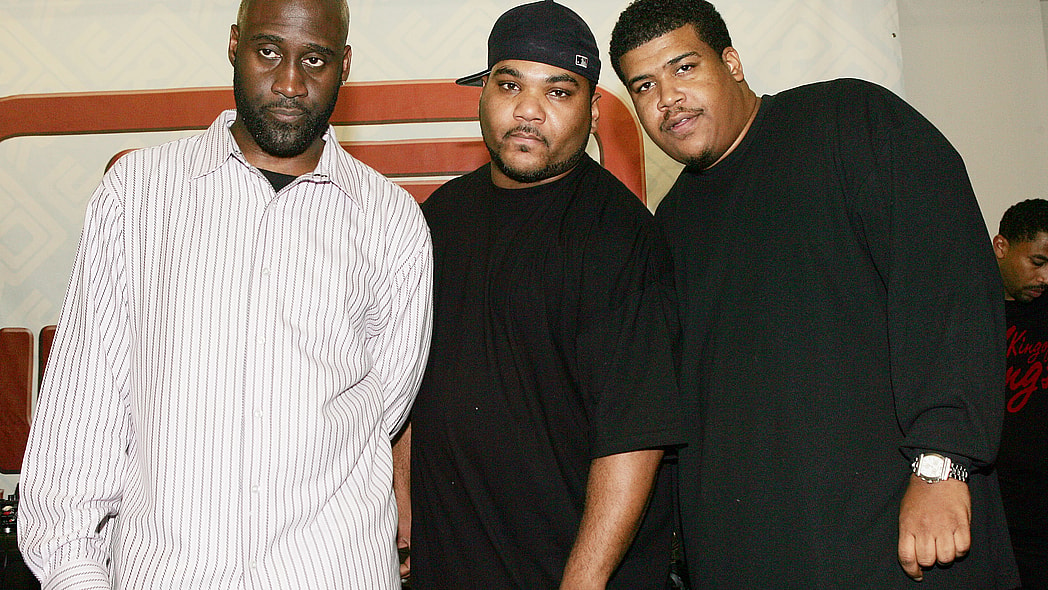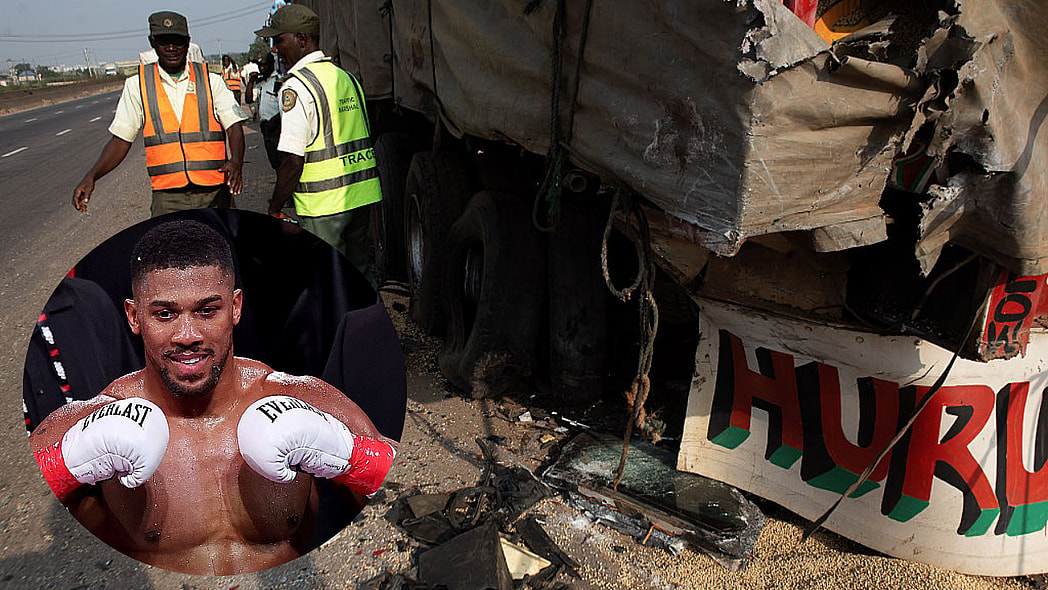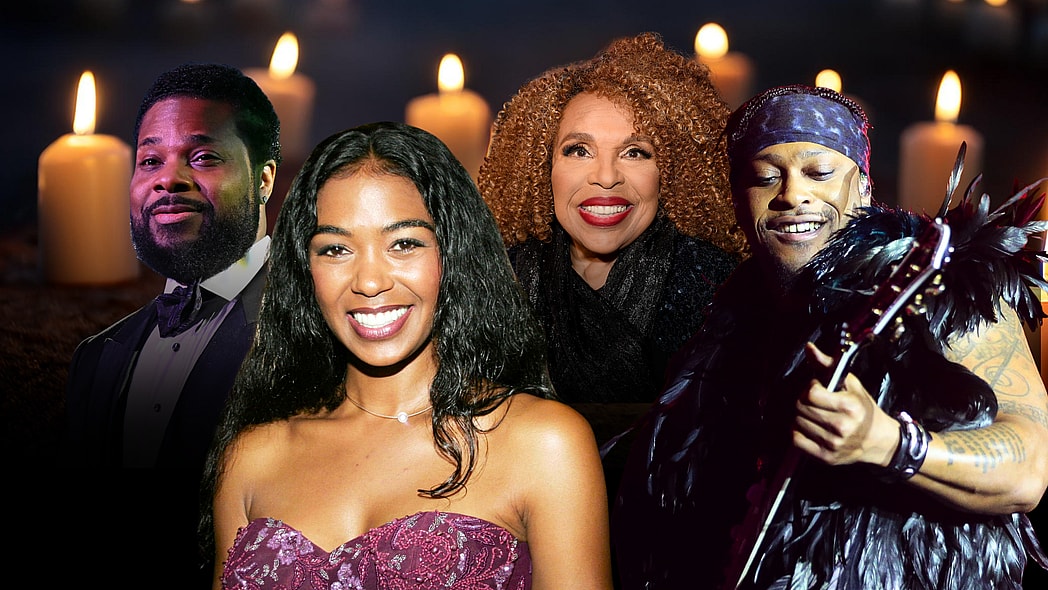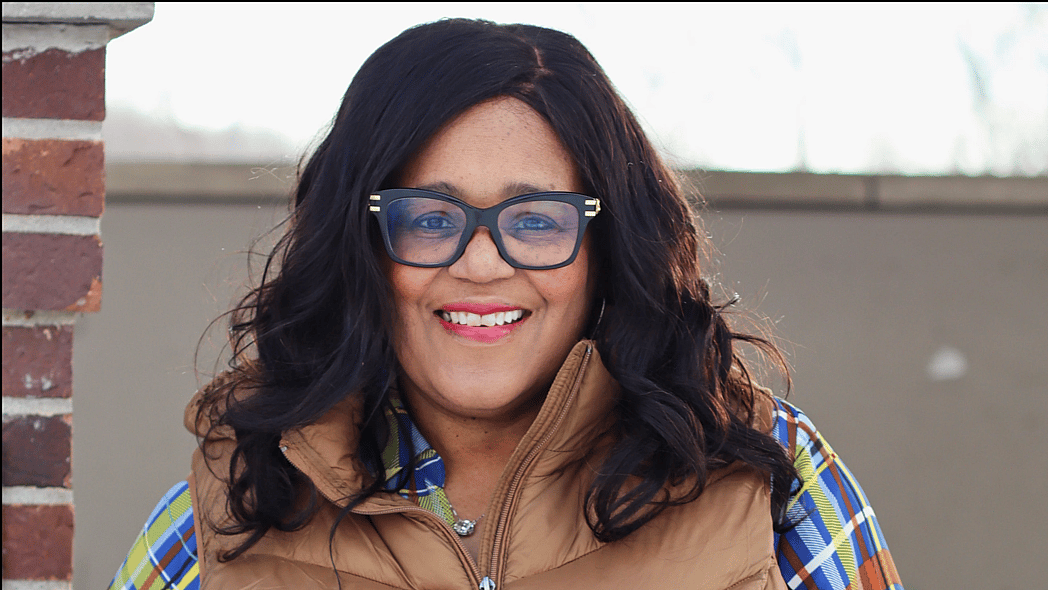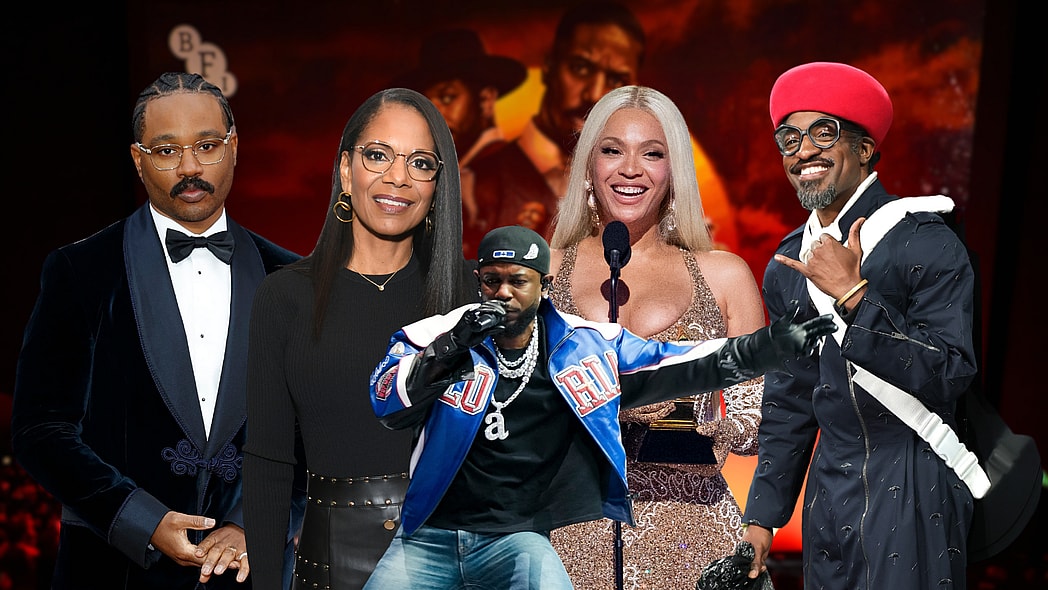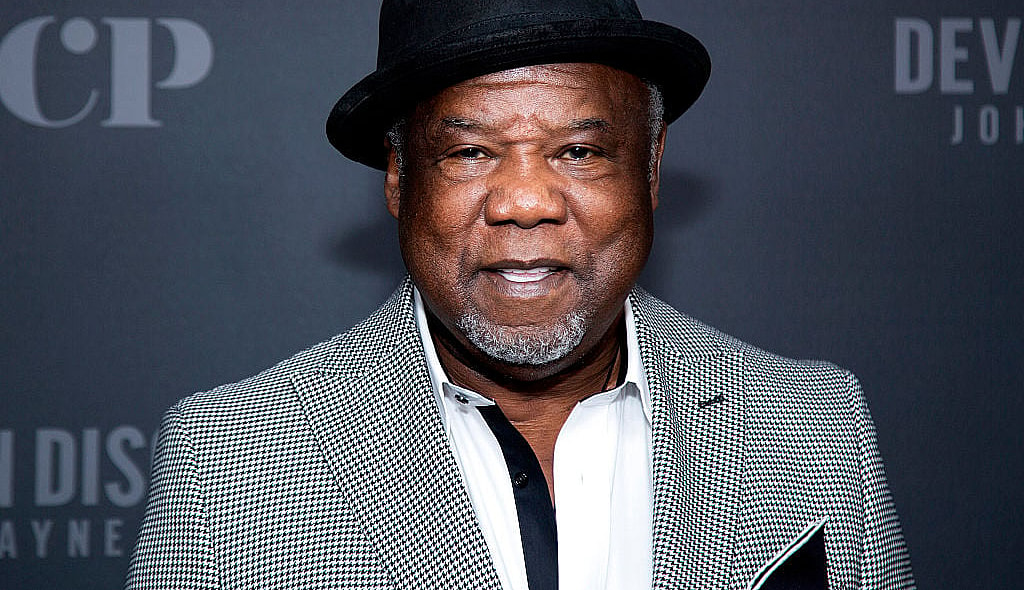Editor’s note: The following article is an op-ed, and the views expressed are the author’s own. Read more opinions on theGrio.
For me, the greatest album in hip-hop history remains “De La Soul Is Dead,” the group’s legendary sophomore album from 1991. As I said in my piece about “Off the Wall” vs “Thriller,” a key part of a great album is having a thesis and having the songs and the sound and the vibe coalesce around that thesis. If it’s cohesive that means the songs blend together to make a statement. Hip-hop has historically given us lots of amazing, cohesive albums from Public Enemy’s “It Takes A Nation of Millions to Hold Us Back” to Kanye’s “My Beautiful Dark Twisted Fantasy” to Raekwon’s “Only Built 4 Cuban Linx” to A Tribe Called Quest’s “Low End Theory” to Dr. Dre’s “The Chronic” to “The Miseducation of Lauryn Hill” to Nas’ “Illmatic.” That’s not a comprehensive list. There are lots of hip-hop albums that are cohesive. For me, the best of them all is “De La Soul Is Dead” because the album’s thesis is even deeper than most albums that have one — “Dead” is about challenging the definition of what De La Soul is and, in that, the meaning of Blackness.
“De La Soul Is Dead” is like a sequel that requires you to see the first film to truly understand the deeper resonances of that second film. On their 1989 debut album “3 Feet High and Rising,” De La — which consists of the late rapper Trugoy the Dove, the rapper Posdnous and the DJ/rapper Maseo — introduced themselves as the hippies of hip-hop. They emerged at a time when hip-hop was still centered around urban MCs talking about life in the hood. De La was from the suburbs of Long Island, and they never tried to hide that in their music or in their vibe. But being open about who they were led people to think they were soft. Sometimes, when they were out on tour, people tried to fight the guys because they thought they couldn’t fight. Their producer Prince Paul talked about this when I talked to him for the episode of “Being Black the 80s” about De La Soul’s “My Brother’s A Basehead.”
Recommended Stories
But being seen as soft had an even deeper resonance, at least back in the late ’80s. At that point, it seemed like the hood was at the heart of what it was to be Black, and to be hood meant you were hard. To be hood, at least in a hip-hop context, meant you were tough as hell, world-weary, cold-hearted and ready for anything. To be perceived as not hard was a metaphor for being not really Black.
On their second album, De La set out to break down the idea that they were soft — they wanted to reconfigure what people thought of them. I don’t know of too many albums in the history of hip-hop that are as focused on the idea of changing the way people saw the character of the group itself. Sometimes artists overtly change their aesthetic but this isn’t that. This is De La saying you don’t understand who we really are and then trying to explain who they are.
The album is filled with De La’s signature funny and eclectic samples as well as lots of great, complex rhymes from the guys and skits that add up to De La arguing, somewhat angrily, that they are not hippies and they are not soft — I can’t believe a rap group made an album saying, we know how to fight, y’all. By extension, they’re saying, yes we’re not hood, but we still have it tough and we’re still Black.
Other hip-hop albums dug deep into the challenges of living around the drug game and dealing with the police, but on “Dead” De La went into a whole different set of challenges. In one song they gave us a story about familial sex abuse. In another song, they told a story about Posdnous’s brother’s very real crack addiction. (I go deep into that on my podcast “Being Black: The ’80s.”) In another song, the guys got epically dissed when they went to Burger King. For sure, that’s not on the same level as the other songs but I’m saying the album is often about them running into problems because, hey, life in the suburbs can be tough.
“Dead” is a conversation with the audience and the critics about who we thought they were based on their first album and who they really are, which is rooted in the idea that they’re not soft. In a brilliant series of sketches, or interludes, a group of three guys finds the tape that we are listening to and critiques it. One of them hates it, which is hysterical, and one of them likes it. Of course, the one who hates it repeatedly assaults the one who likes it. This is an amazing meta-commentary on the audience around their album, the nature of hip-hop skits (which were ubiquitous back then) and the meaning of being tough or soft in the culture.
With “Dead,” De La definitely succeeded at changing people’s opinion of them — they shed the hippie/soft label. They killed the old image of De La Soul, and they did it while making a ton of amazing songs that I love to this day. There are a lot of great albums in hip-hop history but there’s nothing quite like De La Soul’s album about De La Soul that’s meant to reconfigure what you think of De La Soul. We didn’t use the word meta back then, but if we had, “Dead” would be the ultimate meta hip-hop album.

Toure is a host and writer at TheGrio. He hosts the TheGrio TV show “Masters of the Game,” and he created the award-winning podcast “Being Black: The ’80s” and its upcoming sequel “Being Black: The ’70s.” He is also the creator of “Star Stories” and the author of eight books, including “Nothing Compares 2 U an oral history of Prince.” He also hosts a podcast called “Toure Show.” He is also a husband and a father of two.
Never miss a beat: Get our daily stories straight to your inbox with theGrio’s newsletter.

